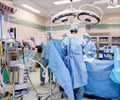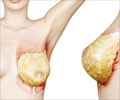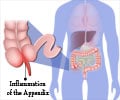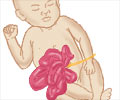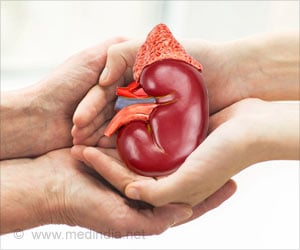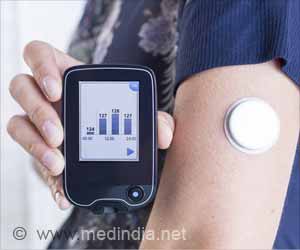Scientists have introduced the world's first intubation robot operated by remote control.
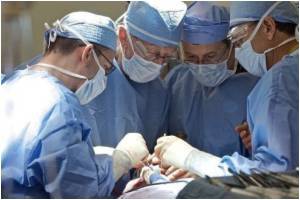
It may facilitate the intubation procedure and reduce some complications associated with airway management.
Hemmerling performed the world's first robotic intubation in a patient at the Montreal General Hospital earlier this month.
"The KIS allows us to operate a robotically mounted video-laryngoscope using a joystick from a remote workstation," Hemmerling, who is also a neuroscience researcher at the Research Institute of the MUHC, said.
"This robotic system enables the anaesthesiologist to insert an endotracheal tube safely into the patient's trachea with precision," he said.
The insertion of an endotracheal tube allows artificial ventilation, which is used in almost all cases of general anaesthesia. Correct insertion of this tube into patients' airways is a complex manoeuvre that requires considerable experience and practice to master.
Advertisement
"These influences may be greatly reduced when the KIS is used," he revealed.
Advertisement
"High tech equipment has revolutionized the way surgery is done, allowing the surgeon to perform with higher precision and with almost no physical effort," Dr. Armen Aprikian, Director of MUHC's Department of Urology who performed surgery on the first patient treated using the KIS, said.
"I believe that the KIS can do for anaesthesia what these systems have done for surgery," Aprikian stated.
Hemmerling's laboratory developed the world's first anaesthesia robot, nicknamed McSleepyTM, in 2008, which provides automated anaesthesia delivery.
"We think that The Kepler Intubation System can assist the anaesthesiologist's arms and hands to perform manual tasks with less force, higher precision and safety," Hemmerling said.
"One day, it might actually be the standard practice of airway management," he concluded.
Source-ANI

